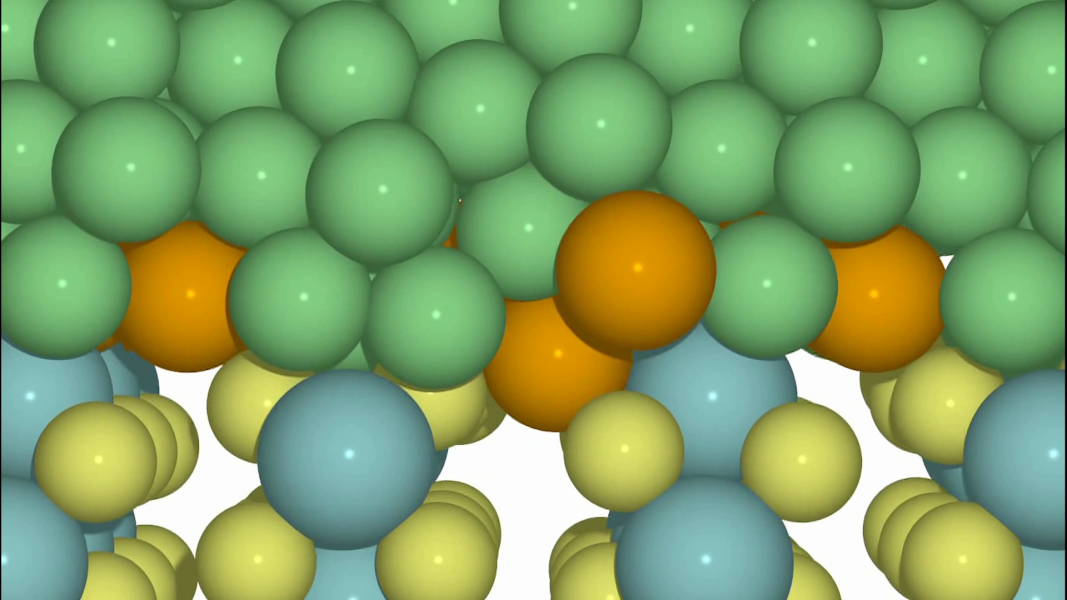Devices based on molybdenum disulfide (MoS2) often utilize nickel (Ni) and gold (Au) as the electrode materials. Optimizing the contact between these materials is essential for improving device performance.
In their article in Small, Dr. Wei Cao and colleagues from the University of Oulu and their co-workers from the University of Fribourg, Lund University, Xiangtan University, East China University of Science and Technology, Anhui Polytechnic University, and Aalto University School of Science demonstrate a Au nanoglue to improve the contact of the interfaces in Ni nanoparticles (NiNPs)@MoS2 complexes.
Dr. Wei Cao: “We realized a metallic contact between Ni nanoparticles and semiconductive MoS2 nanolayers. The synthesis was performed through a sonochemical method.”
Xinying Shi: “In the chloroauric environment, a ternary compound is formed with the contents of MoS2, Ni, and Au as a nanoglue. The semiconductor and metal can be bridged, either by the crystallized Au nanoparticles or by the newly formed MoS2–Au–Ni ternary alloy. Subjected to such an interface, the contact resistivity drops more than 90%.”
Prof. Marko Huttula: “In the present, we have managed to solve a fundamental science problem of making a metallic contact to a 2D layered material. I believe these results will be having a great impact on future nanoelectric devices, and especially on photocatalytic reactors.”
To find out more about this composite glue strategy for MoS2–Au–Ni ternary alloys, please visit the Small homepage.

















